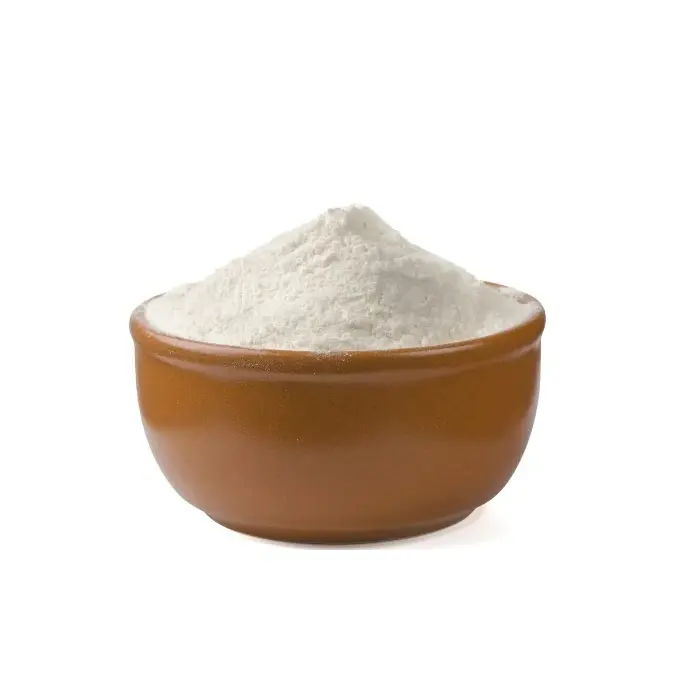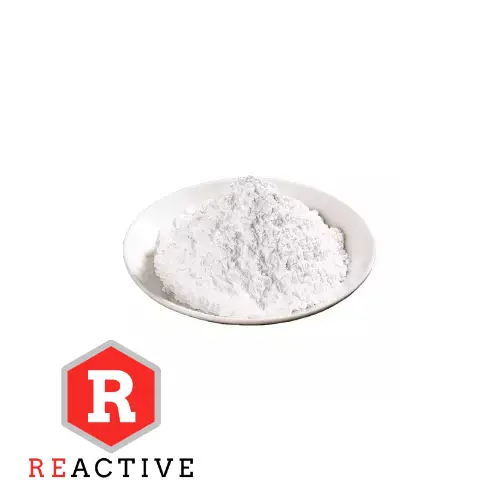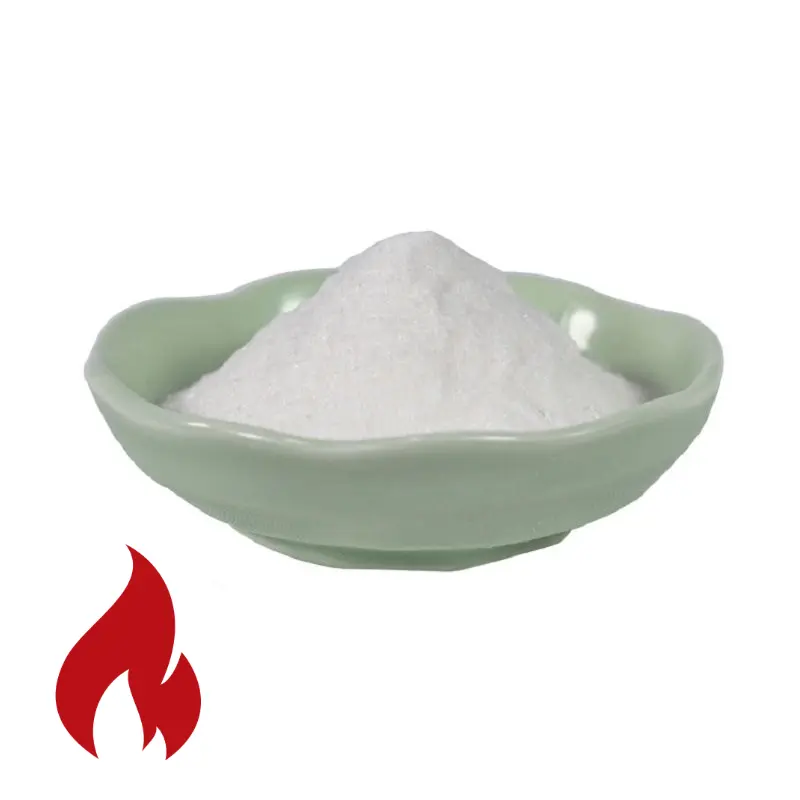magnesium oxide for use in metallurgical mining
High purity, light burned magnesium-oxide is moderately reactive and uniformly burned to provide a higher recovery of valuable metals from ore extraction such as cobalt, nickel and copper from acid leach solutions.
Light burnt magnesium oxide can improve MgO utilization efficiency and increase the precipitate grade or yield of the metal giving light burned magnesium oxide superior performance in hydrometallurgy over naturally-occurring, mined magnesia products that have lower MgO purity and slower, non-uniform reactivity.
Magnesium oxide (MgO) is used in the refining of nickel and cobalt in a variety of ways:
- Neutralization: MgO is a strong base that can neutralize acidic solutions. This is useful for raising the pH of nickel and cobalt leach liquors, which can precipitate impurities as hydroxides. This process is known as hydrometallurgy.
- Precipitation: MgO can also be used to directly precipitate nickel and cobalt as hydroxides. This is done by adding MgO to a solution containing nickel and cobalt ions. The MgO reacts with the water in the solution to form magnesium hydroxide (Mg(OH)2), which then reacts with the nickel and cobalt ions to form nickel and cobalt hydroxides.
- Filtration: MgO can also be used as a filtration aid. It is added to slurries of nickel and cobalt hydroxides to help them filter more easily. The MgO particles trap impurities and prevent them from clogging the filter.
- Adsorption: MgO can also be used to adsorb impurities from nickel and cobalt solutions. This involves passing the solution through a bed of MgO particles. The impurities are attracted to the surface of the MgO particles and are removed from the solution.
The specific role of MgO in the refining of nickel and cobalt will depend on the specific refining process being used. However, in general, MgO is a versatile and effective reagent that can be used to remove impurities from nickel and cobalt solutions and to produce high-purity nickel and cobalt products.
Here are some specific examples of how MgO is used in the refining of nickel and cobalt:
- In the Bayer process, MgO is used to neutralize the acidic leach liquor. This precipitates impurities as hydroxides, such as iron hydroxide and aluminum hydroxide.
- In the Sherritt process, MgO is used to precipitate nickel and cobalt as hydroxides from ammoniacal solutions.
- In the Caron process, MgO is used to adsorb impurities from nickel and cobalt solutions.
- In the electrowinning process, MgO is used as a filtration aid to separate nickel and cobalt from the electrolyte solution.
MgO is a valuable reagent for the refining of nickel and cobalt. It is relatively inexpensive, readily available, and easy to handle. It is also an effective reagent for removing a variety of impurities from nickel and cobalt solutions. As a result, MgO is widely used in the nickel and cobalt refining industry.
High Purity Light Burned Magnesium-Oxide
Tibet Mag provides high purity, light burned magnesium-oxide for use in metallurgical mining.
Magnesium oxide is used as a component of the cementing compound for making air-tight seals when drilling wells. After magnesium oxide is added to cementing compound it is hydrated and expanded ensuring stable bond between soil and casing.
Magnesium oxide can also be used as a thickening agent in drilling muds. Drilling muds are complex mixtures with a lot of additives which can change fluid density, rheology and pH level. Magnesia (magnesium oxide) is used in drilling muds where it acts as a detergent to maintain the purity of annulus and neutralize acid gases released during the drilling.
High-purity magnesium oxide has moderate chemical activity and ensures fast depletion of precious metals from the mined ores. Such as cobalt, nickel and copper from acid leach solutions. Using synthetic magnesium oxide ensures high production capacity in hydrometallurgy compared with mined magnesium products of natural origin having a lower frequency and a slow and nonuniform chemical activity.



